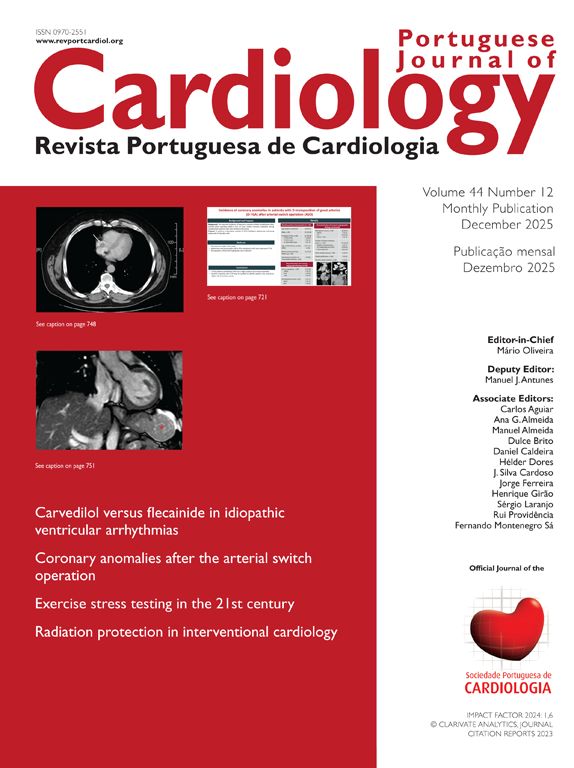Primary angioplasty as revascularization therapy to treat myocardial infarction (MI) significantly reduces mortality in patients with this condition, for which it is currently the treatment of choice.1,2 MI is a true cardiovascular emergency, given the linear relationship between time since onset and outcome.
The decision to adopt this therapeutic strategy obviously requires the operator to have specific skills, which are strongly influenced by the annual volume of procedures performed at the center and by each operator individually. On the basis of multiple studies, recommended minimum volumes of procedures have been defined, which are now stipulated in the international guidelines.
From a technical standpoint, advances in technology and engineering have increased the availability of new materials with characteristics that enable procedures to be performed rapidly and effectively, including catheters with novel geometry, more maneuverable guidewires, new means of mechanical thrombus aspiration, and stents with better profiles.
In recent years, another important change has taken place: the use of radial access in preference to the previously standard femoral access. Various studies have shown radial access to be superior, mainly due to a significant reduction in bleeding complications.3,4
Several factors have thus come together to help achieve the main purpose of primary angioplasty, which is recanalization of the culprit artery and the fastest possible return to adequate flow (TIMI 3).
The accumulated experience of operators and teams have also enabled the use of certain techniques to shorten procedure time, such as the first-line use of a guidewire to approach the likely culprit artery (the right coronary artery in inferior MI or the left coronary in anterior MI).
The study by MC Arokiaraj published in this issue of the Journal5 describes the experience in their center of a series of 34 cases with a different solution: the use of diagnostic catheters, with a larger internal diameter, for angioplasty, enabling the deployment of balloons and stents, as well as of catheters for intravascular ultrasound and optical coherence tomography.
This solution is recommended for emergency situations, particularly MI and acute coronary syndromes, in which selective catheterization of the culprit artery with appropriate guide catheters is more difficult, thus avoiding prolonged procedure time and the use of greater quantities of contrast agents and hence risk of nephrotoxicity.
As the author points out, this variation from the usual technique has significant practical limitations, notably when more complex maneuvers are foreseen, such as for treating bifurcations or when mechanical thrombus aspiration will be required.
It is also important to note that, in the patient group described here, radial access, in which the criteria for choice of catheters are different, was not used, and all the catheters were from a single manufacturer. It is unclear whether the considerations presented can be generalized to the different equipment available at other laboratories.
Irrespective of the advantages that this solution may have in specific situations, we would highlight the crucial importance of the level of experience of centers and of operators performing primary angioplasty for MI and other acute coronary syndromes. This experience is directly related to the volume of procedures6 and is without doubt an essential factor in obtaining good clinical outcomes.
Conflicts of interestThe author has no conflicts of interest to declare.
Please cite this article as: Ferreira R. Deixá-lo tão simples quanto possível. Rev Port Cardiol. 2018;37:127–128.





